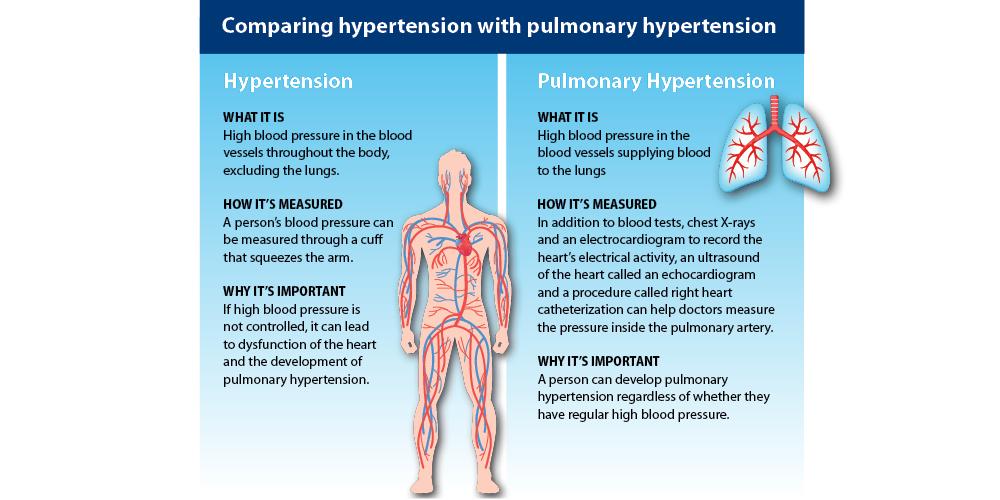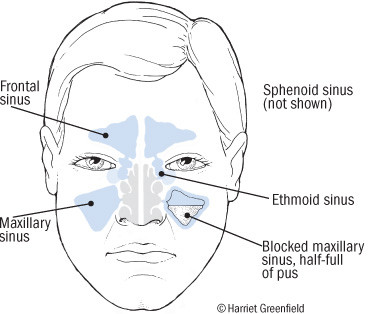Thyroid diseases encompass a range of conditions that can affect the thyroid gland, which is located in the neck. These conditions can have various symptoms and require specific treatments.
One common treatment for thyroid cancer is a total thyroidectomy, and in some cases, removal of lymph nodes in the neck. However, many small thyroid cancers can now be treated with a lobectomy. In instances where noncancerous nodules grow large enough to cause pain and difficulties in swallowing and breathing, partial or total thyroidectomy is recommended.
Apart from thyroid issues, persistent neck pain can have various causes. For instance, a cervical artery dissection involves unusual, persistent neck pain, often accompanied by a severe headache. The neck pain from a carotid artery tear typically spreads along the side of the neck and up toward the outer corner of the eye, while a vertebral artery tear might feel like something sharp is stuck in the base of the skull. This type of pain, detailed in Harvard Health‘s article, is distinct from thyroid-related discomfort.
The source of neck pain can vary greatly. Most acute pain is related to tissue injury and is termed nociceptive pain. Chronic pain, on the other hand, is often neuropathic, starting with a damaged or irritated nerve but eventually originating in the brain. More information on this can be found in Harvard Health‘s article on persistent neck pain.
About 5% of thyroid nodules are cancerous, but most thyroid cancer cases can be cured. Symptoms of thyroid issues can include a lump under the skin of the neck, dysphagia (difficulty swallowing), swelling in the neck, and voice changes. These symptoms are described in detail by RUSH.
The thyroid, a butterfly-shaped gland in the neck, regulates the body’s metabolism by sending thyroid hormone to the organs through the blood, as explained by Harvard Health. Conditions like hyperthyroidism (overactive thyroid gland) and hypothyroidism (underactive thyroid gland) arise when the thyroid isn’t functioning properly.
Stanford Health Care has introduced a new, less invasive treatment for benign thyroid nodules: radio-frequency ablation. This technique, an alternative to surgical removal of the gland, treats or prevents problems caused by thyroid nodules, as discussed in a Stanford Health Care article.
Signs of thyroid cancer can include a lump in the neck, swollen lymph nodes in the neck, changes in voice, trouble swallowing or breathing, and throat or neck pain extending to the ears. For more information, visit Herbert Irving Comprehensive Cancer Center.
Thyroid swelling can cause sensations of tightness or pain in the front of the neck. A goiter or nodule can compress the windpipe or swallowing tube, causing cough, shortness of breath, or swallowing difficulties. More on this can be found at UCSF General Surgery.



